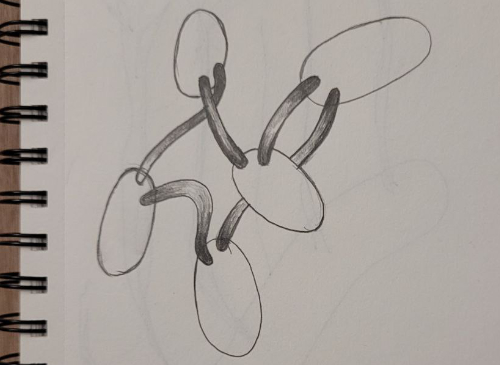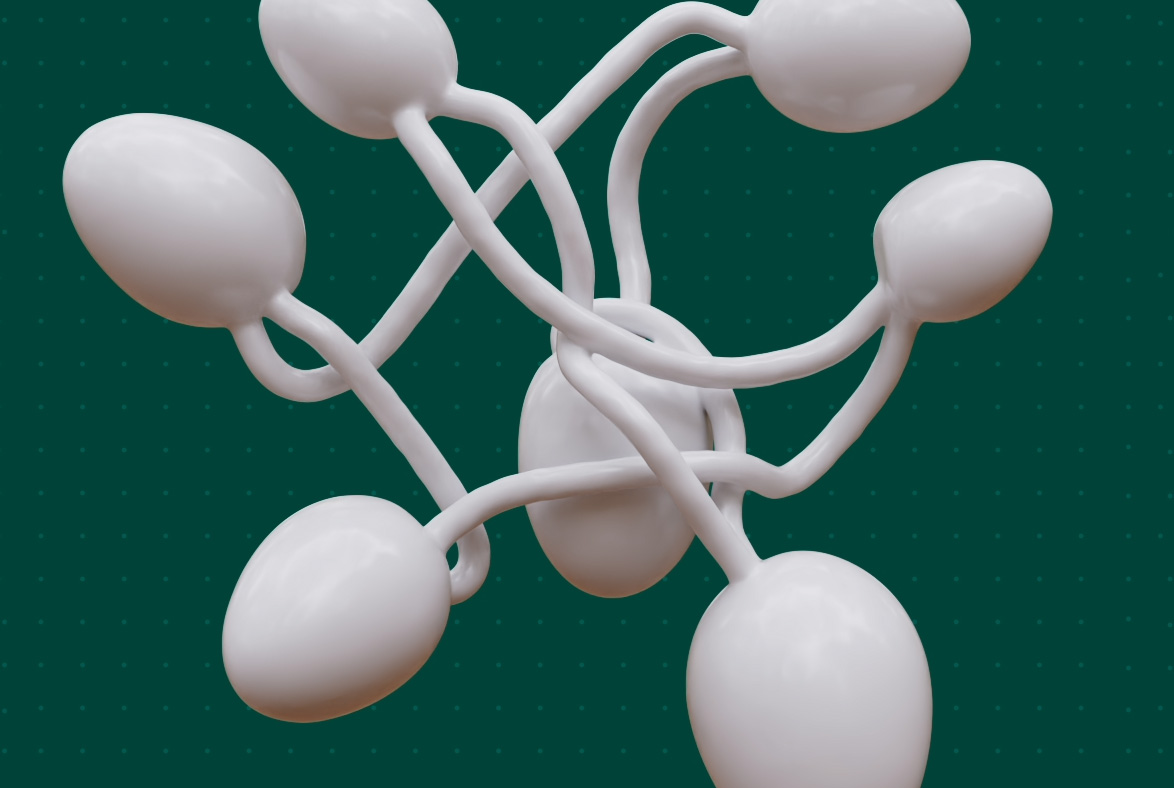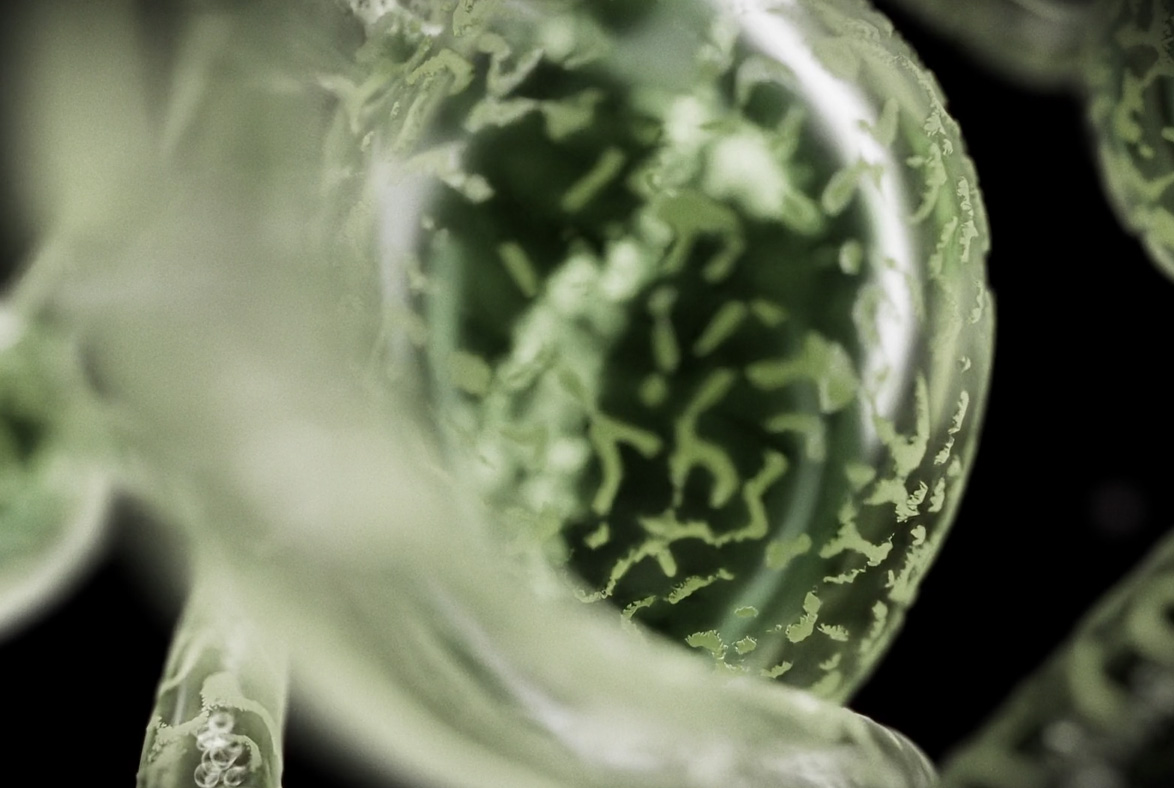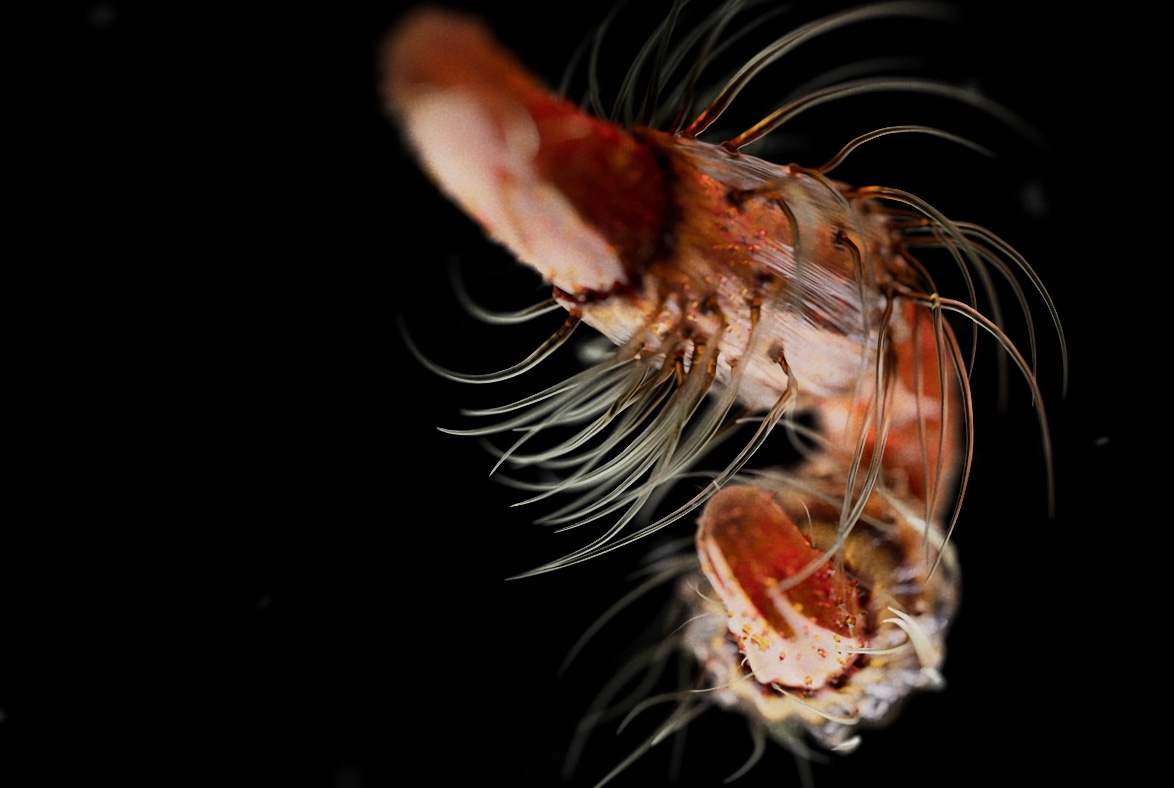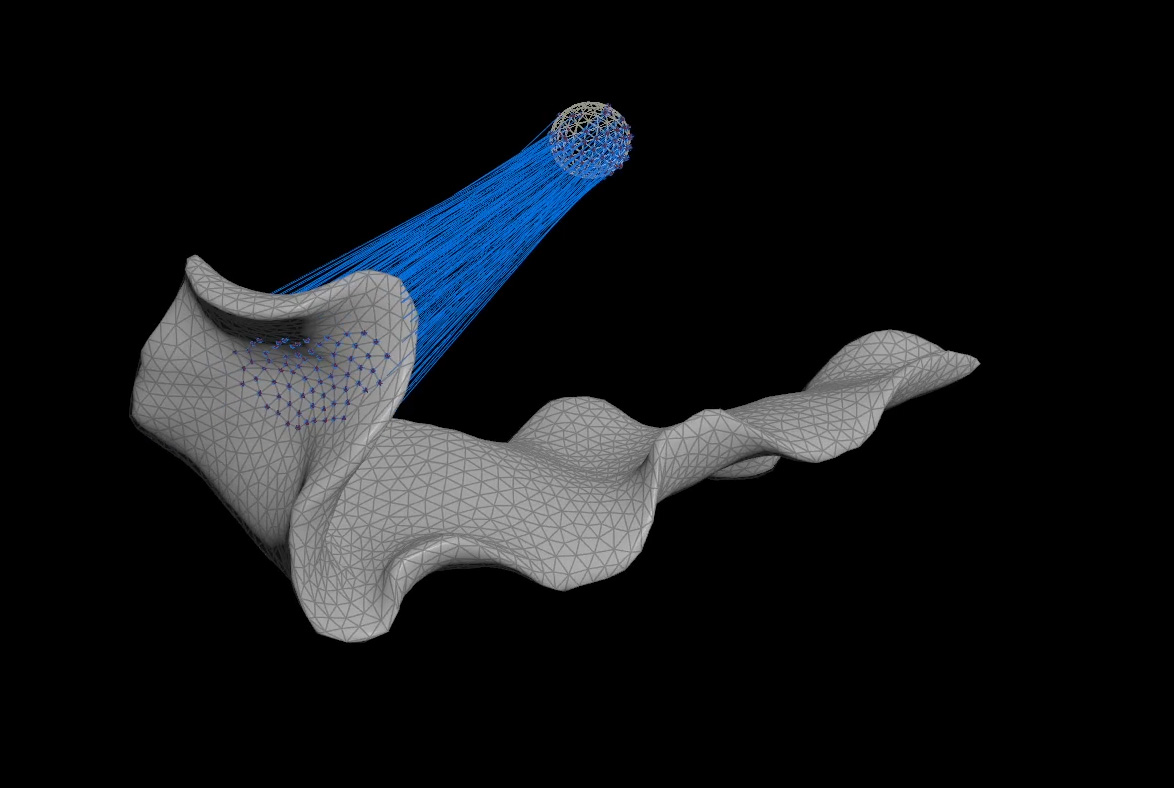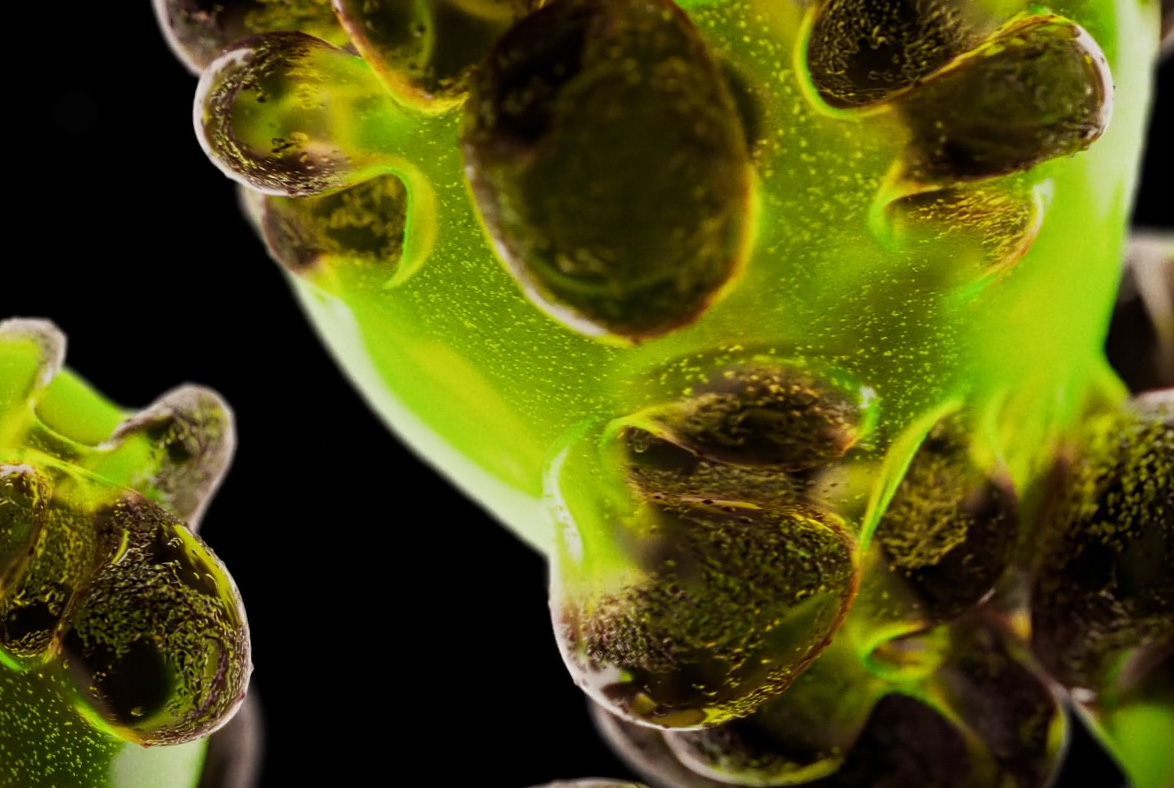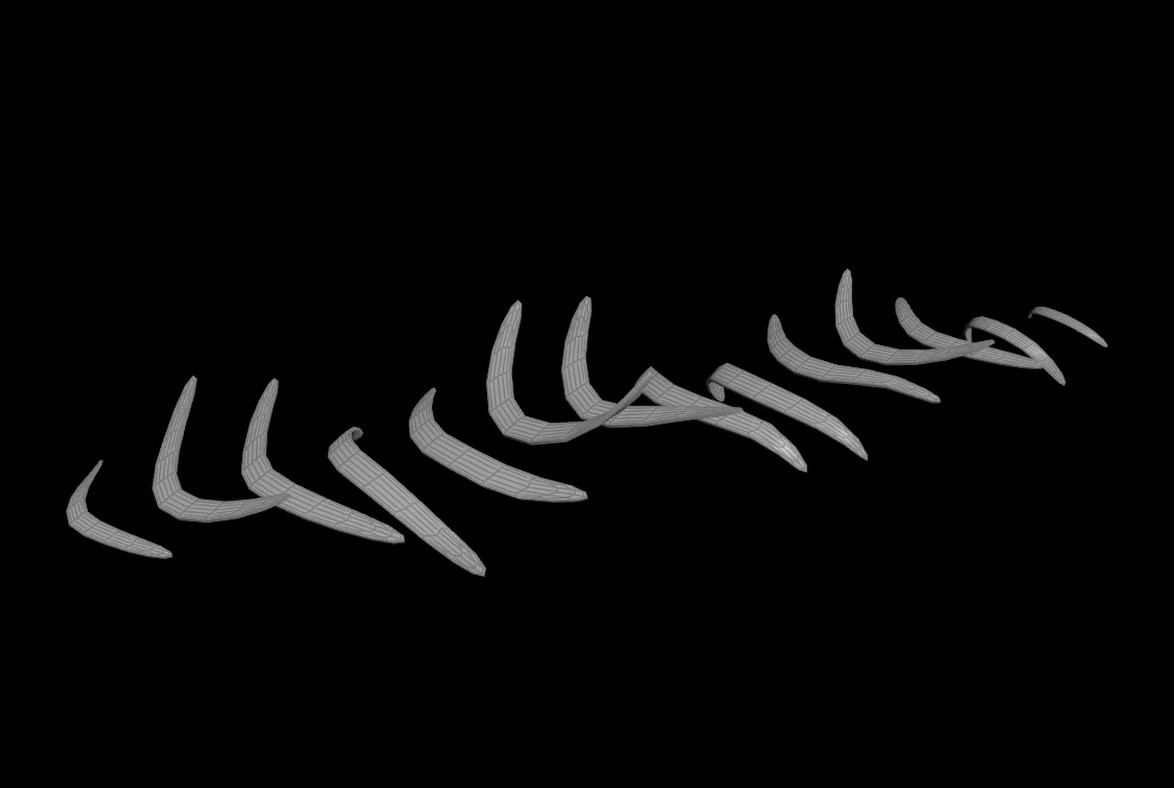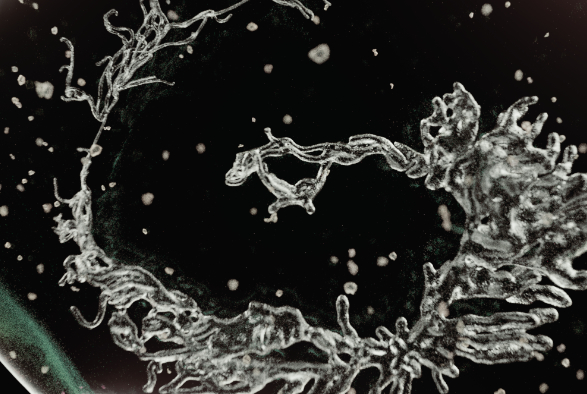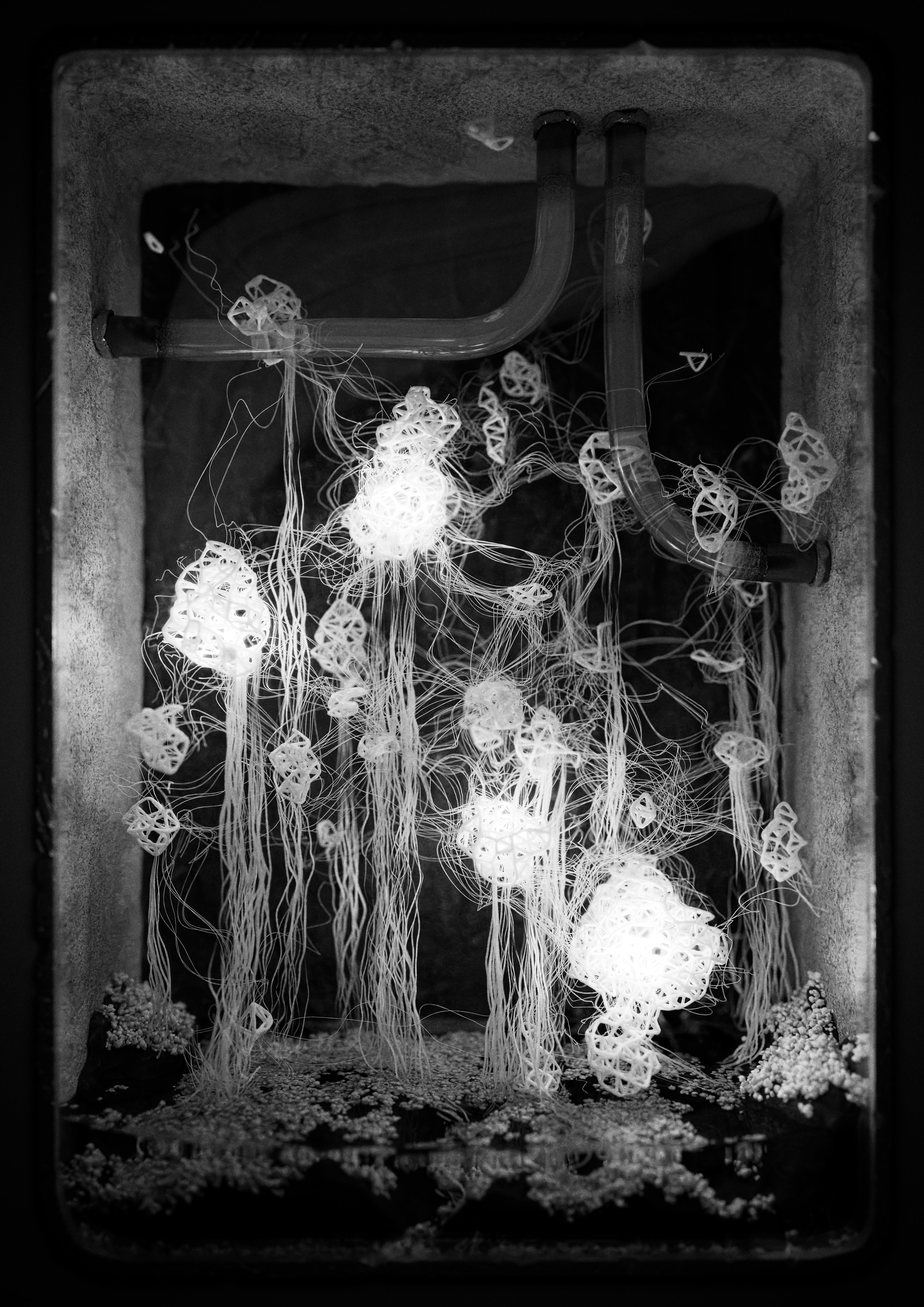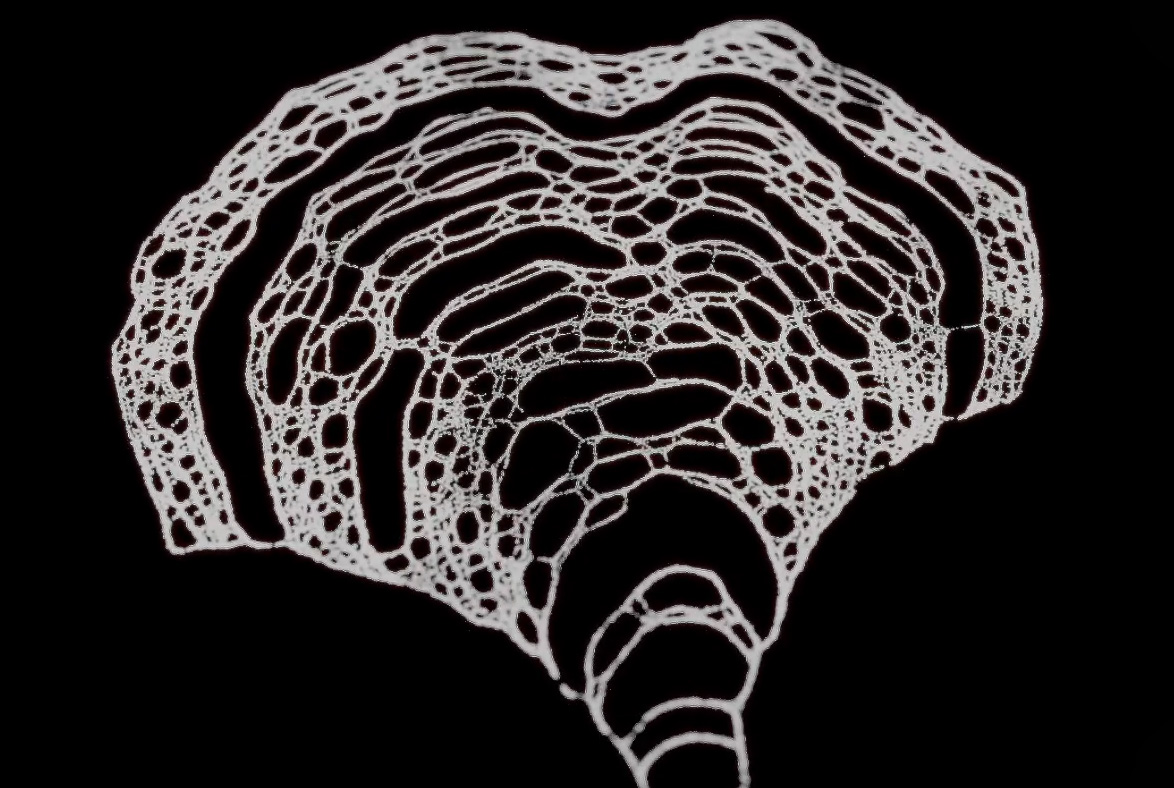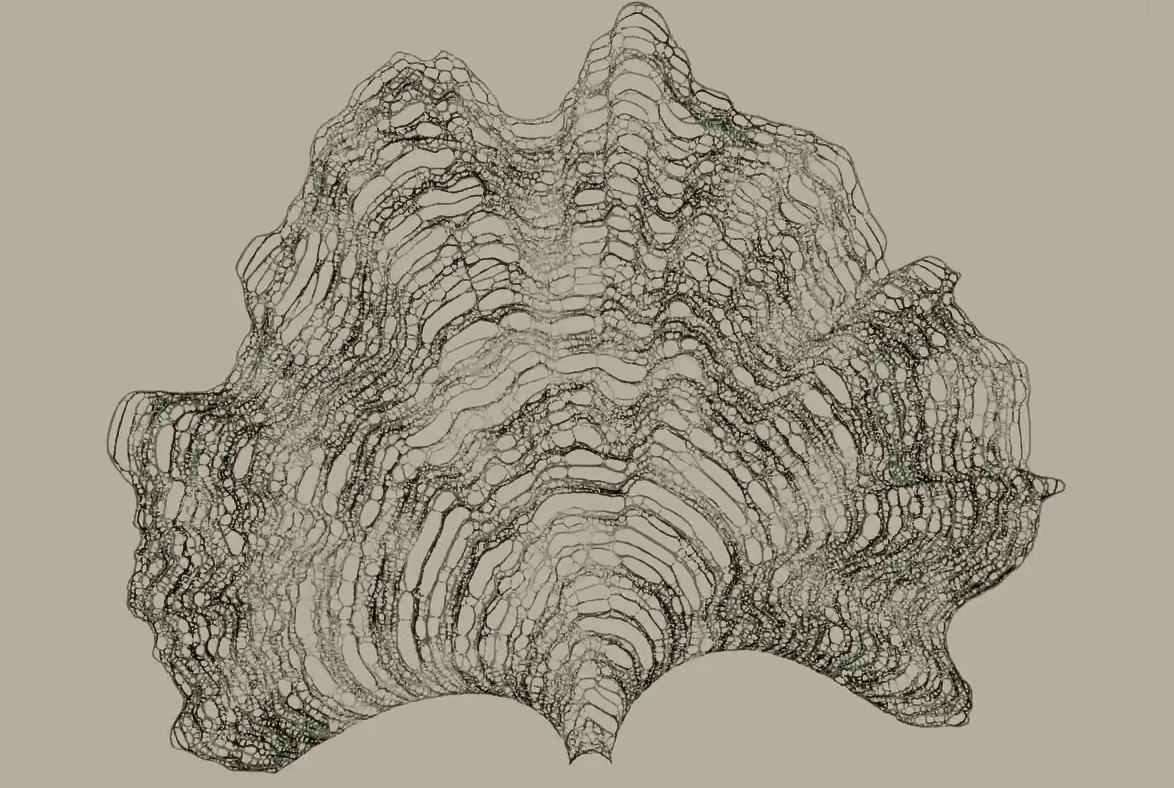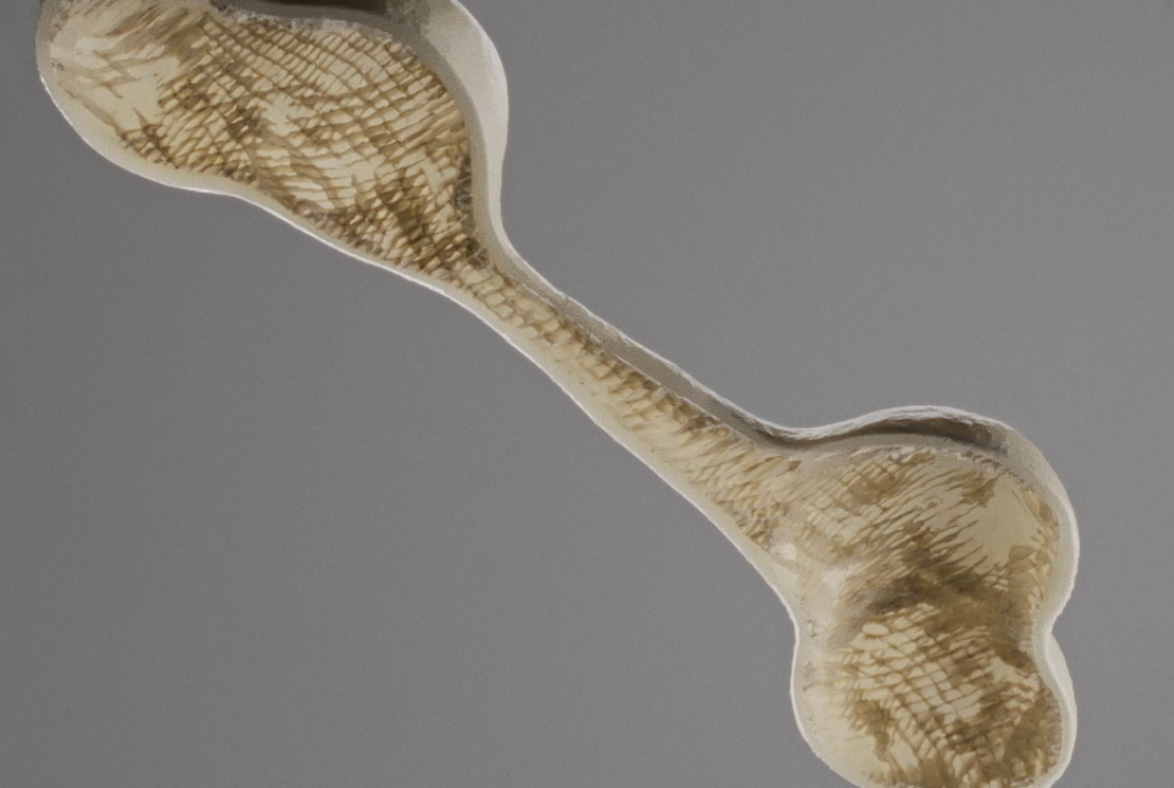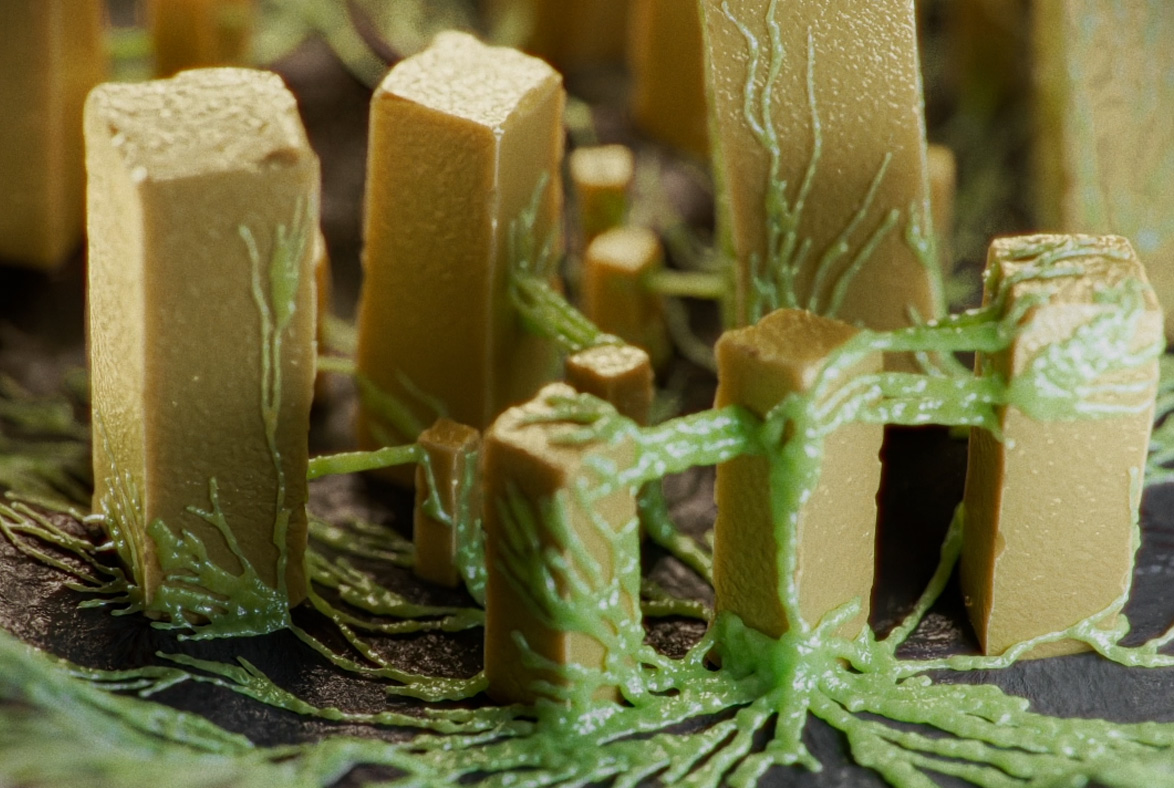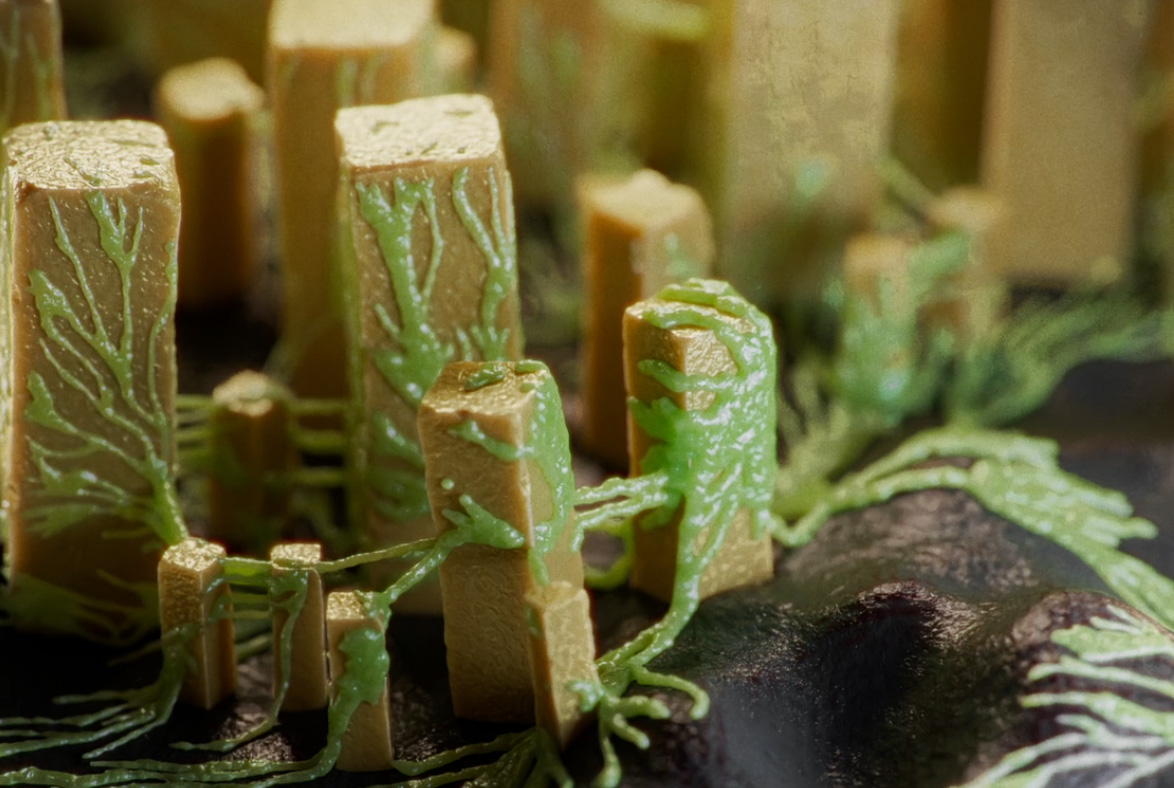SPECIMENS
by Paweł Grzelak
Specimens is a personal project that is the fulfillment of a long-standing dream to create animations of non-existent, yet believable underwater creatures.
Hello Paweł! Recently, you published a series of biological organisms in your "Specimens" project, which at first looked to be scientific visualizations of existing deep-sea creatures. They are moving very organically and are very captivating. Honestly, we were hoping for a full series of them!
Hi!I am proud that I managed to convince people that my Specimens could exist in the real world.
Currently there are 5 of them, but I plan to expand the herd over time :)
Before we get into "Specimens", let's get to know more about you and what led to making these imaginary deep-sea creatures. How did you get into 3D?
I started my adventure with 3D more than 20 years ago when, as an 11 years old boy, I found out about the possibility of modding games. The first thing I did was custom rims for a golf cart in GTA 3, in the software called ZModeler. I gave up modding pretty quickly, but 3D has remained my hobby to this day and since early adulthood, it has also been my profession.
Tell us about the type of work you were doing in the past.
As a hobbyist, I've always enjoyed experimenting with software, testing everything within my reach. For most of my professional life, I mainly used the 3ds max + V-Ray duo. For many years at work, I was involved in the design and visualization of commercial interiors and a wide range of interior design elements such as furniture (mainly chairs and armchairs), but also sofas, lamps, wall panels, etc. I also created patterns for carpets and wallpapers. Additionally, I also have a lot of experience in CAD 3D modeling - in this case, mainly Rhino.
How did you come across Houdini?
I first learned about Houdini from a Polish 3D forum, where I saw a simulation of a Cactus Ecosystem by Arkadiusz Rekita, and I fell in love with the picture immediately. There was an incredible amount of detail in it, each cactus was different, and to top it off, they were covered with cobwebs from which dangled tiny droplets of water. It was then that I realised the power of proceduralism, because modelling it was virtually impossible with the classical methods I knew at the time. The funny thing is that this graphic to this day, is a banner in the SideFX gallery. You can find his post and additional images here.
On my first attempt, however, I failed to convince myself to use Houdini. In those days, it was not as easy to get educational materials to learn it, as it is today...
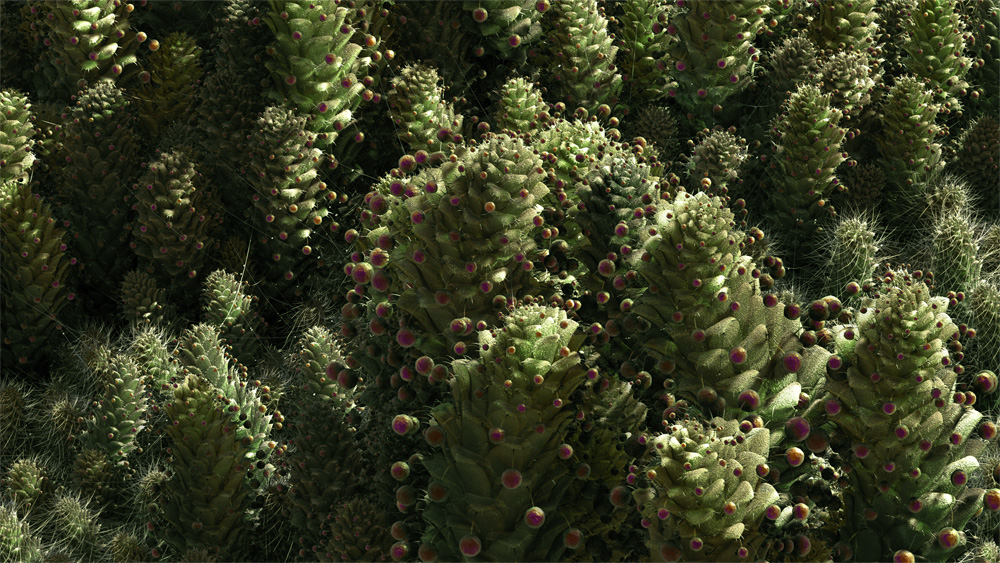 Ecosystem simulation by Arkadiusz Rekita
Ecosystem simulation by Arkadiusz Rekita
What kept you motivated and hooked to continue getting deeper into it?
Besides 3D, I have been often experimenting with coding along the way. A few years after seeing the Cacti Ecosystem, while watching one of Adam Swaab's talks, I realised that Houdini might be the perfect tool for me, as it combines 3D and coding seamlessly. This time, I was motivated, and mostly thanks to Entagma's excellent tutorials, I kept getting more and more comfortable with Houdini. Currently I am using Houdini as my main software.
Let's talk about your latest project "Specimens. What is this project about?
Specimens is a personal project that is the fulfillment of a long-standing dream to create animations of non-existent, yet believable underwater creatures. Ever since I can remember, I have been equally fascinated by two things: recordings of life from the depths of the ocean, and the specific way the world looks as seen through a microscope or micro lens. My goal was to combine the two in this animated series.
The idea was: Imagine that you are a part of the expedition going to the ocean depths - what can you encounter there? "Specimens" took part in the virtual exhibition "Reconciliation with the Living" by Verse Works - an art curation platform. I also sold them as NFT there.
How did you go about designing and creating each creature?
I wanted all of them to not only look unique, but also behave differently from one another. Inventing “Specimens” happened naturally over several months in 2022. I took that process slowly, as I wasn't even sure how many of them I wanted to create - getting pleasure out of the process was paramount.
All of them "happened" while enjoying nature in one way or another - for example, "B" came to my mind while sitting on the porch with friends on a slow day in a rural area. Here is a sketch I did at the time
"C" is strongly inspired by the Portuguese man o' war - an extremely interesting siphonophore, due to its magnificent appearance. I took the idea for the transparent air balloon from it, but I was curious to see what it would look like with non-rhythmic inflation and deflation motion. One time I found one laying on the beach in the Azores.
And, I hope it's not gross, but I will admit that "E" is my answer to the question :)
"What if the human tongue became a separate species?"
Collectively, all specimens were modelled, animated and rendered (using Redshift) in Houdini from start to finish. All motion is simulated with Vellum, most of the animation is done procedurally, as I am a true hater of keyframes. For example “E”, the geometry is pulled with rubber-like Vellum constraints attached to a sphere that is animated using simple noise. When the general motion is achieved, a secondary Vellum simulation is performed on a much higher density mesh, resulting in micro wrinkles as seen above. The weightlessness is a fairly easy state to simulate, via the addition of a drag force and slight noise, you can achieve a credible feel of the underwater environment.
In my previous Houdini projects, I have found a way of directing motion that proved to be comfortable and quick to iterate ideas. The principle is simple - design the movement on a simplified model in SOPs, and use it during simulation by updating the Vellum geometry restlengths attributes every frame. I used that technique for the first time in the following mushroom simulation.
This way, you can design procedural movement using for example, noise-based techniques, but also basic tools like Bend, without worrying about geo-to-geo interactions. Simulation allows the object to collide with itself, and react to external forces. Combine the two together and you get intentional complex movements that are controlled by a physics engine.
Did you come across any difficulties or frustrations?
In the early stages, I had the idea that each specimen would be shown in a drop of water, instead of an undefined endless underwater black space. I still like that idea, but it was problematic in terms of maintaining a sense of scale. Also, rendering all the sequences through an additional refractive layer turned out to be too slow, which is due to the fact that all my specimens are already refractive themselves.
Any interesting tips or advice from this project?
One trick that absolutely anyone can find useful at some point is quick RBD Deintersection. It is using Bullet solver to spread geometry apart so it no longer self interpenetrates. I highly checking out Matt Estela's repository of huge amount of Houdini tricks
What are you currently working on now?
Between professional projects, I always have several personal projects going at once. Recently, I realized that I would like some of my future work to come out of the virtual world into the real world. The simplest solution, of course, is printing. In the upcoming weeks, I will publish a collection of posters of imaginary creatures inspired by "glass sponges" - my most recent underwater fascination. Glass sponges, by the way, are the oldest living creatures on Earth. The three images below are from my newest project called Symplasma. There are already 12 of them, but I plan to do more!
Two years ago, I also started experimenting with pen-plotter art. I created a Houdini system that generates simple 3D crystals, and turns them into 2D hatched-patterns that can be plotted. Now I'm in the early stages of creating a leaf generator, which, after plotting, I ultimately want it to resemble drawings from old biology books. Animations are a byproduct of the growth system I develop for this project.
We saw some fun Genuary posts:) #getyourboneslicer
Genuary, yes! It's my first time taking part in such online event. Usually I tend to overthink projects I want to do, so the idea of creating something quickly, in one session, without polishing, convinced me to give it a try. The day I created the bone-slicer generator prototype, I was at the Body Worlds exhibition, where I had the opportunity to look at a superbly prepared human femur. So back at home, I tried to create a system that would take into account the fascinating contrast between the smooth outer surface and the delicate inner structure. Of course, I used Houdini's built-in wedging functionality so that in one evening of rapid prototyping, I could generate multiple variants.
On another Genuary evening, I tried to mimic the slime mold, which is a colonial species that "scans" the area for food by creating root-like pathways. In this case, Find Shortest Path SOP helped me a lot.
Thanks for sharing your work with us, Paweł!
Where can people find your work or follow you?
My website is currently being built, but Specimens project page is up and running already. The best places to follow me will be on Twitter, Instagram, Youtube and Behance. Thanks very much for your interest in my work. Houdini has been the main tool of most of my work for several years now and I'm sure it will remain so!


